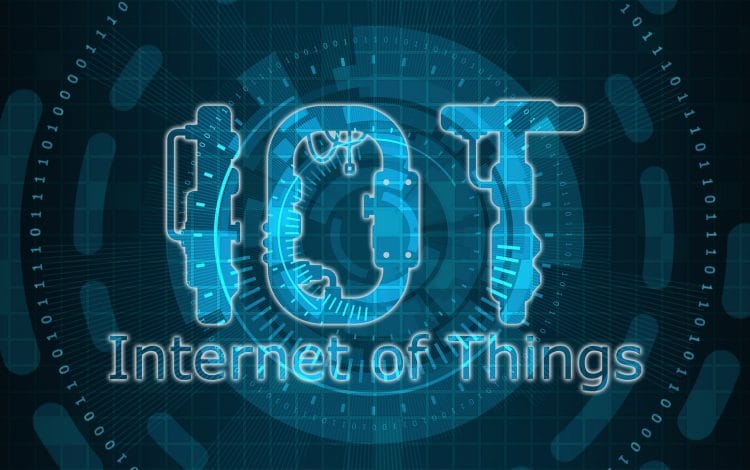Managing the Flood of IoT Data

The Internet of Things (IoT) is connecting more and more devices. Read this post to understand how ZONTAL helps effectively manage the flood of data produced.
Pharmaceutical companies have been adopting increasingly sophisticated technologies for managing the drug manufacturing process. Novartis, for instance, has recently collaborated with Amazon Web Services to apply Internet of Things concepts to its production chain. Their vision is to gather data from manufacturing sites and distribution centers, centralize this information, and apply analytics techniques to produce treatments more effectively.
You can think of the IoT as an extension to the internet, comprising a network that includes not only computers but also devices, sensors, and machinery. This level of interconnection produces a massive flood of data, requiring a robust underlying infrastructure to manage it and keep it secure. The implementation of IoT can bring tremendous benefits to businesses, provided they are equipped to process all the information created by the network. When choosing a life science data management system for IoT, it is crucial to consider the following five points.
Scalability
How to handle the large amount of data created every day by IoT devices?
As more devices are added to an IoT network, the data management system behind the scenes needs to scale up accordingly. The main challenge here is coping with increased data computation and storage needs. To address this, the chosen management system must provide functionality that supports the handling of large amounts of data. This includes functionality for:
- Cleansing and standardizing data, which ensures the information is in good shape for future usage.
- Enriching data by providing descriptions and additional context, which makes it easier to search and interpret content.
- Migrating and ingesting data, which allows for information to be centralized in a common and easily accessible location.
Protection against hackers
Does the IoT network have vulnerabilities that can be exploited by hackers?
Protecting information from unauthorized access is an important concern when managing IoT data. Hackers are known to have attacked corporations by using internet-connected devices as the point of entry. Once they have access, they could target data repositories in search of valuable information that they could exploit. To prevent this, access to sensitive data must be carefully controlled, and communications with the repository should be adequately encrypted.
Identifying issues
How to figure out the root cause of faults within the IoT network?
In a network with so many moving parts, it may be challenging to identify the origin of any problem. Fortunately, data can be used to address this issue. Namely, information on the functioning of the system can be tracked and used for identifying the root cause of malfunctions. This is the foundation for a DevOps system, which can learn how to automatically course-correct and recover from a range of failure types.
Supporting data analytics
What is the best way of analyzing the flow of IoT information?
In a business context, IoT can bring benefits that range from increasing manufacturing productivity to ensuring workplace safety. The wealth of data generated by the devices in the IoT network can provide valuable insights, enabling organizations to monitor their processes and improve their efficiency. In order to reap these benefits, however, the data gathered from the various sources in the network must be structured and stored in a consistent way. The right data repository needs to strike a balance between preserving the complexity of this information and ensuring it is easy to process.
Leveraging AI
Can AI be used to do large-scale processing of IoT data?
The potential to leverage IoT data using artificial intelligence is immense, since the network of devices regularly produces large amounts of new data. By employing AI to analyze this information, businesses can learn from data at a much higher rate than what is achievable manually. An apt analogy is to think of the IoT network as a nervous system, and the set of AI techniques as the brain that controls it. Just like analytics, AI also requires a repository of structured and accessible data.
An out-of-the-box digital hub
Selecting a data repository for IoT is a process that requires thinking about a number of important points. By choosing ZONTAL as your data repository, you can benefit from the following IoT data management functionality:
- Scalable: ZONTAL scales according to your needs, growing with the data and supporting local, cloud-based, and hybrid deployment options.
- Secure: It restricts access to information by specifying the appropriate permissions, as well as encrypting data to make sure it stays safe.
- Searchable: ZONTAL offers the ability to search for data based on descriptions, letting you quickly locate the desired records, e.g. for performing root cause analysis when a problem is detected.
- Accessible: It provides REST APIs and SQL interfaces that make it easy to access data for analytics and AI algorithms.
Visit our page to learn more about the features of our life science digital data hub. Please feel free to reach out to us with any questions – we are happy to learn more about your specific needs.
 >
> 

